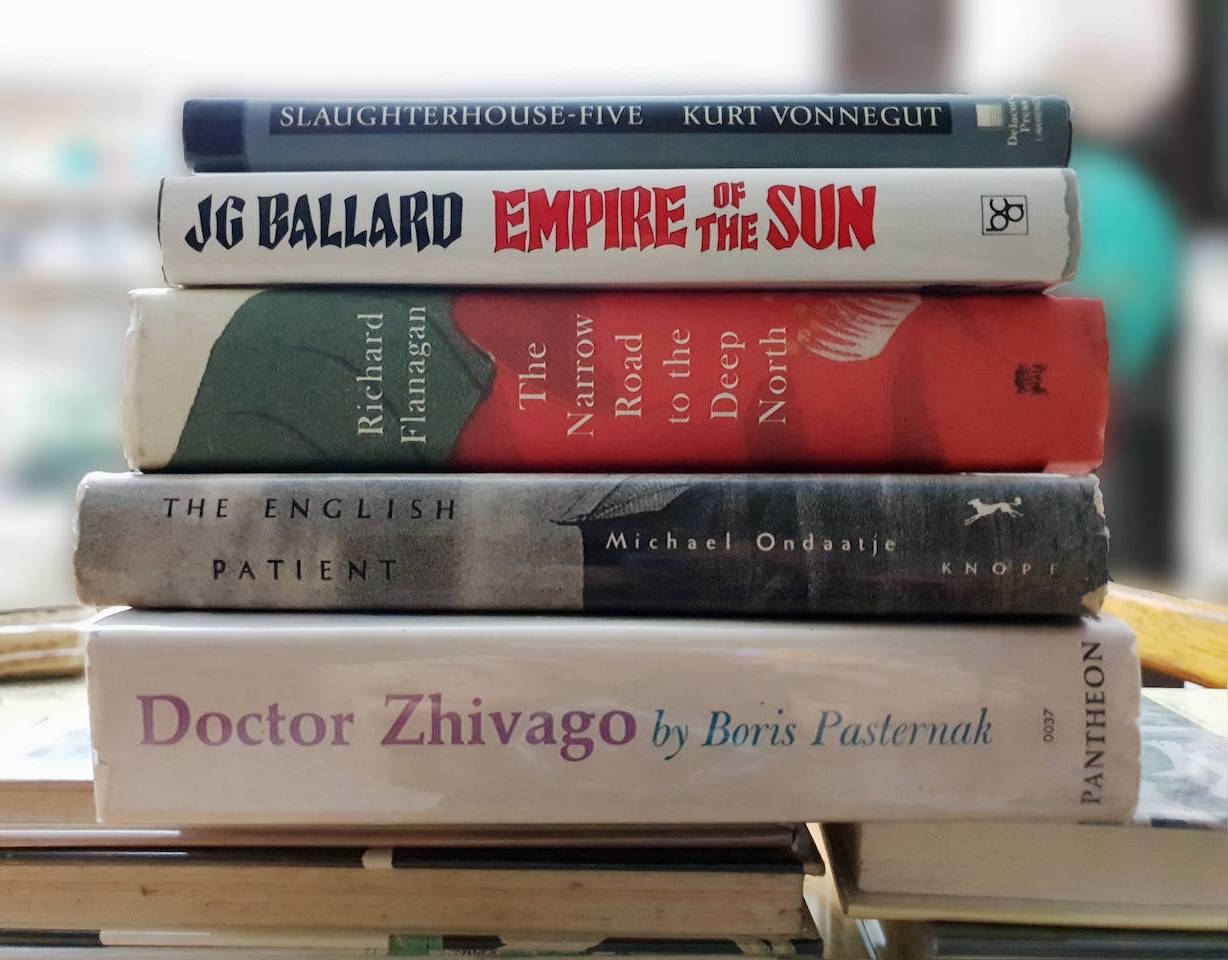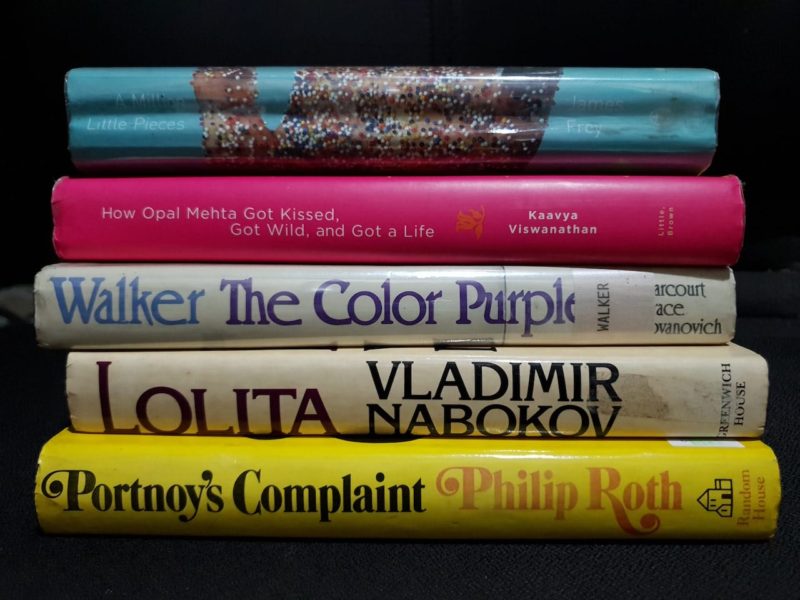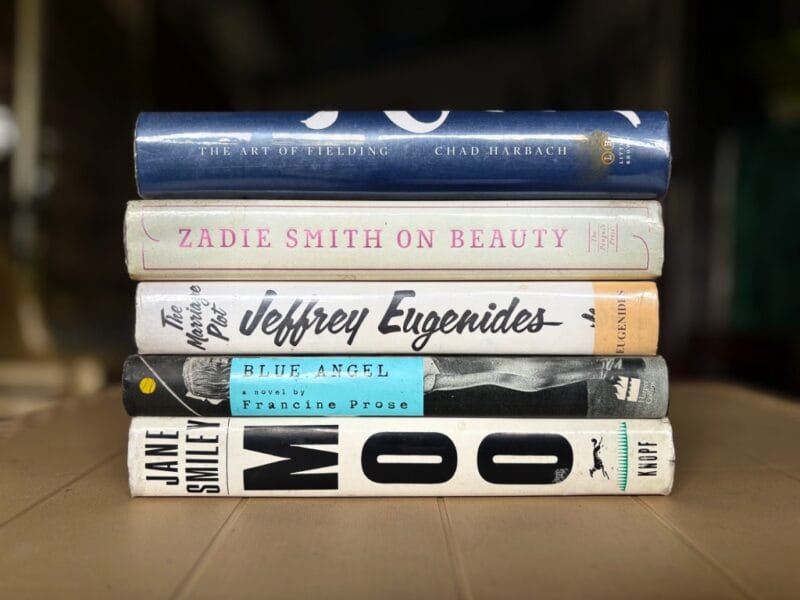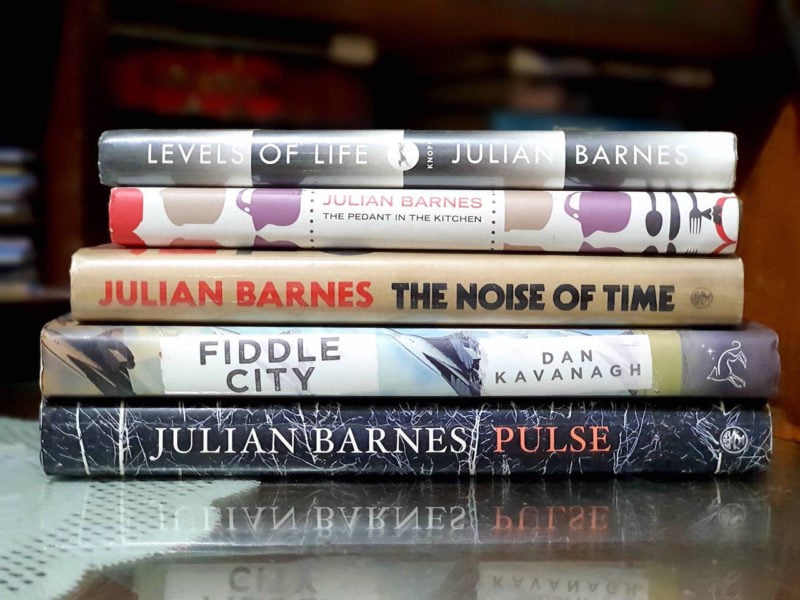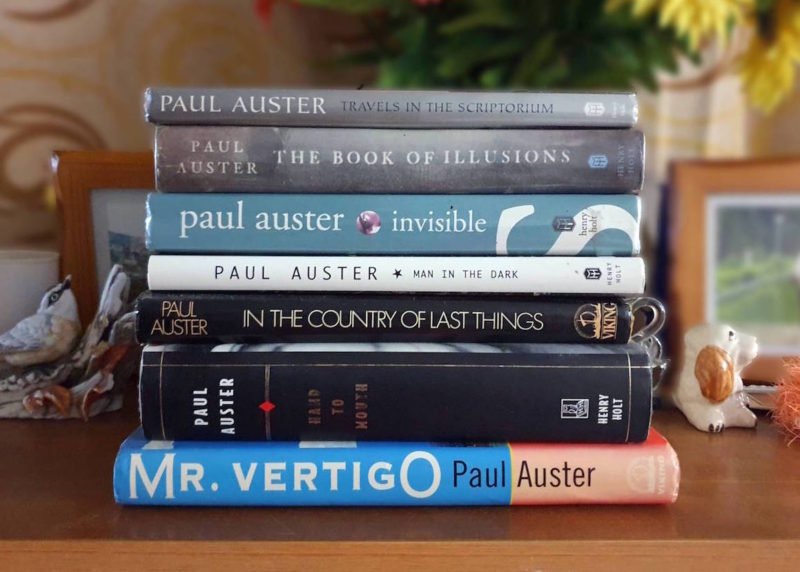Slaughterhouse Five (1969) by Kurt Vonnegut
Slaughterhouse-Five by Kurt Vonnegut is an anti-war novel with a science fiction twist. The primary focus of the story is the damage created by war. Individual human suffering, such as the deaths of German refugee children in Dresden’s firebombing, shifts the focus of wartime morality away from bigger national-political issues and onto smaller, less defensible instances of personal anguish.
Billy Pilgrim was taken by the Germans in the last years of World War II. While imprisoned, the story of his confinement is told in the first person by a narrator who appears to be Kurt Vonnegut himself, but is constantly interrupted by a third-person omniscient narrator who tells us about his life before and after the war, as well as his journeys to the planet Tralfamadore.
Pilgrim’s uncontrollable time-shifting is Vonnegut’s solution to the difficulties of recounting an untellable narrative as a method of dealing with the incomprehensible violence and destruction he witnesses. Pilgrim’s journey through time, which begins with the infamous Dresden firebombing, represents our own epic quest of looking for purpose in our own fractured existence.
Empire of the Sun (1984) by JG Ballard
This award-winning book, made famous by Steven Spielberg’s film, chronicles the story of a little boy’s battle to survive World War II in China. The book tells the story of Jim and how the arrival of the Japanese army in 1943 irrevocably alters his life. Jim is separated from his parents and transported to a prison camp as the conflict breaks out in Shanghai.
This short tale is primarily a work of fiction but it leans heavily on JG Ballard’s World War II experiences. From a child to a man, Jim’s time at the camp transforms him. For him, war’s genuine horror becomes clearer as he begins to embrace the evil that surrounds him. As viewed through the eyes of a little kid, the book depicts war’s devasting impacts as well as the psychology of survival.
The Narrow Road to the Deep North (2013) by Richard Flanagan
The Narrow Road to the Deep North explores themes of memory and language. As a piece of historical fiction, it examines the ways in which people’s recollections shift through time. The novel narrates the experiences of Dorrigo Evans and his fellow captives with the Japanese guards. The book is filled with vivid descriptions of life for Australians working on the Burma Railway, which are sometimes hard to read because they are so detailed.
Evans is haunted by the memory of a love affair with his uncle’s wife. At the center of the story, which happens one day in August 1943, a man is slain without cause, and a love story develops as the day reaches its horrifying finale, all the while Evans fights and fails to rescue the lives of his fellow POWs (prisoners of war). Even though he did everything he could to save the soldiers under his command from starvation, cholera, or more abuse, he gets a letter that will change his whole life.
This is Flanagan’s sixth book, which was awarded the 2014 Man Booker Prize.
The English Patient (1992) by Michael Ondaatje
Michael Ondaatje’s The English Patient is the story of four individuals from different backgrounds whose lives intersect and come together in an Italian villa towards the end of World War II. Almásy, a burned man, is the main character as the titular “English Patient.” Hana is his Canadian Army nurse. The other two characters are Kip, an English Sikh sapper (a bomb-diffuser), and Caravaggio, a Canadian thief.
During one of their trips, Almásy was engulfed in flames when his aircraft had a problem and started catching fire. When he is taken in at an Italian house with Hana, Almásy, being the novel’s main character, serves as a blank canvas on which the other characters’ thoughts and desires are reflected—the novel narrates each of their stories from Almásy’s point of view.
Even though Hana’s father perished in the war, she still feels a strong emotional connection to him. Caravaggio starts off as an emotionally detached and broken criminal, but he transforms into a loving and honest guy by the conclusion of the book. Towards the end of the novel, after hearing the news that the United States had unleashed atomic bombs on Japan, Kip threatens to murder Almásy.
The English Patient won the Booker Prize in 1992, sharing the award with Barry Unsworth for his novel “Sacred Hunger.”
Doctor Zhivago (1957) by Boris Pasternak
Doctor Zhivago is an epic, a love tale, and a piece of history, originally published in 1957 in Italy as a translation of the Russian author’s work. It is about the 1917 Russian Revolution and its impact on a wealthy bourgeois family. The book shows how hard it is to find stability and love during this violent war, as well as how the Communist regime took over the Soviet Union in the years after.
When Yury Zhivago finds himself in the midst of the turmoil of twentieth-century Russian history, he finds himself divided between his feelings for two women. In the face of famine and persecution, he and his wife, Tonya, are compelled to engage in the brutality of war. However, Zhivago can’t help but want to be with Lara, his mistress and muse, even though he loves his wife, Tonya.
Further Reading
Why War Books Are Popular by Herbert Read, Scraps From The Loft
World War II Stories and the Proliferation of Historical Fiction by Senjuti Patra, Book Riot
‘At first I thought, this is crazy’: the real-life plan to use novels to predict the next war by Philip Oltermann, The Guardian
Women and War Literature by Ruth Edgett, Siobhan Fallon, Daphne Kalotay, Judy Labensohn and Ruth Mukwana with Catherine Parnell, The Brooklyn Rail
